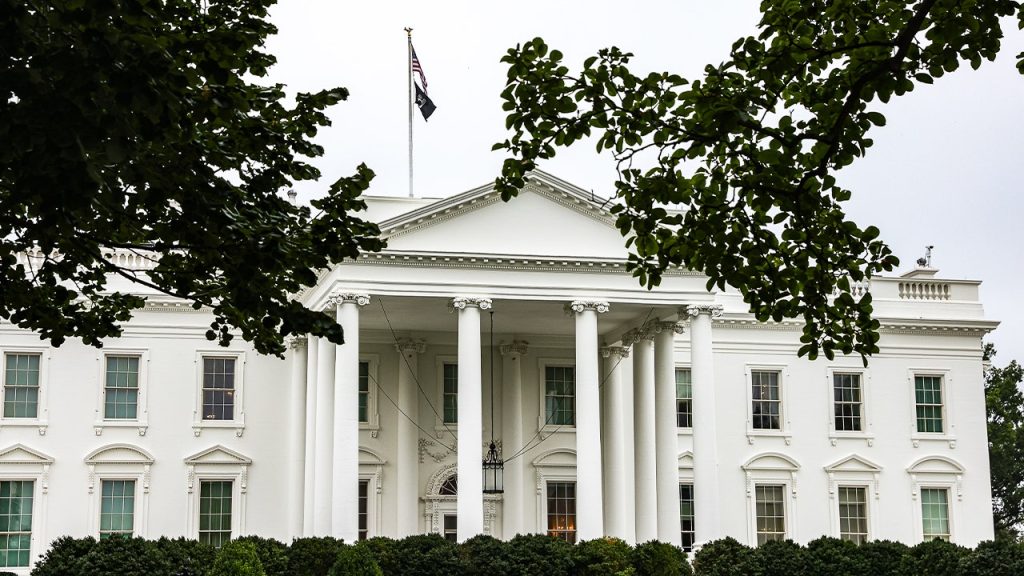A recent federal appeals court ruling has determined that the White House does not have the authority to issue binding environmental regulations under the National Environmental Policy Act (NEPA). This decision marks a significant change from the practice that has been in place for over 40 years. NEPA requires federal agencies to conduct a review of environmental impacts before making decisions and issue a detailed statement of the review. The ruling specifically targeted the White House Council on Environmental Quality (CEQ), which has been instructing agencies on NEPA compliance and issuing regulations.
The case that led to this ruling, Marin Audubon Society v. Federal Aviation Administration, focused on the FAA’s compliance with NEPA after allowing tourist flights over national parks without environmental review. However, the court’s attention was primarily on the role of the CEQ in the environmental regulation process. The court found that the CEQ overstepped its authority under NEPA by issuing binding regulations to federal agencies. This ruling raises questions about the separation of powers between the executive branch and Congress and could have significant implications for environmental policy moving forward.
The court’s decision challenges the executive order signed by President Carter in 1977, which allowed the CEQ to begin issuing regulations rather than guidelines to federal agencies. The court ruled that the Constitution does not permit the President to seize the law-making power of Congress by authorizing government officials to promulgate rules and regulations. This ruling calls into question the legitimacy of major rules implemented by the CEQ over the years, such as requiring agencies to consider climate change and environmental justice in their decision-making processes.
The ruling suggests that the CEQ has not had the authority to implement regulations under NEPA for many years, despite its established practice of doing so. This decision could have far-reaching implications for environmental policy and regulation in the future. While the ruling may face appeal and further review by the full D.C. Circuit bench, it challenges the longstanding practice of the White House issuing binding environmental regulations and raises significant questions about the balance of power between the branches of government. It remains to be seen how this decision will impact environmental policy in the United States going forward.


